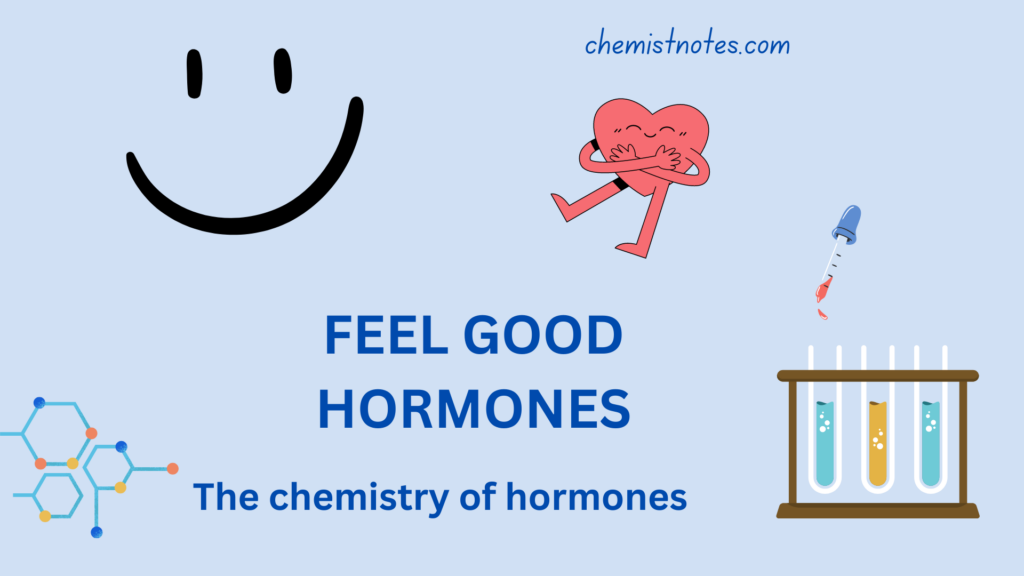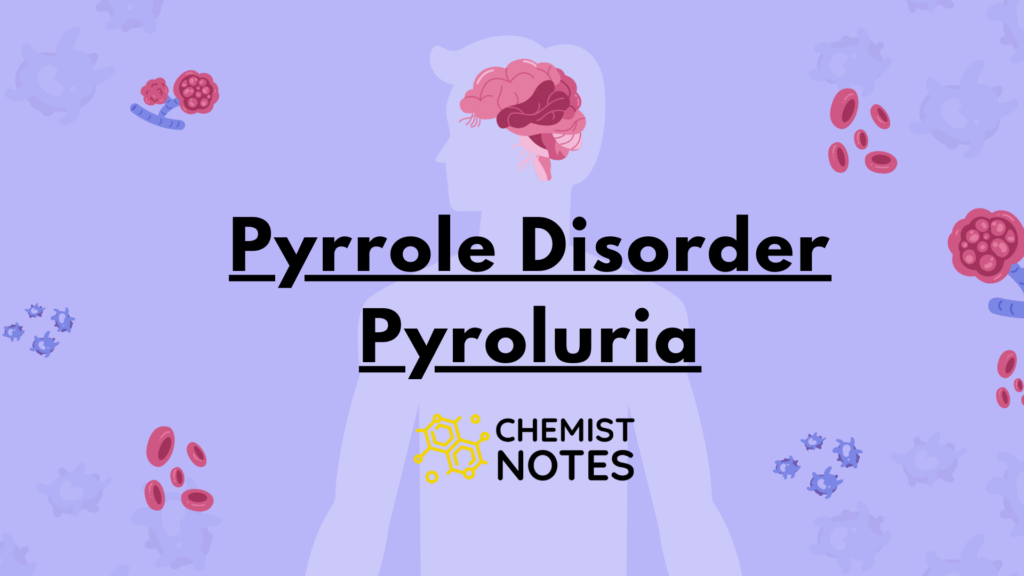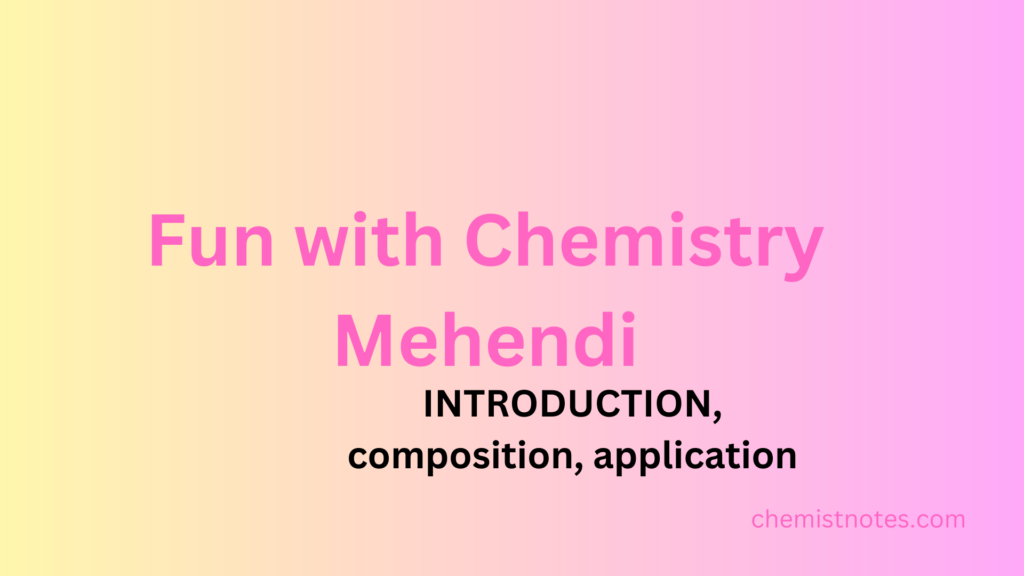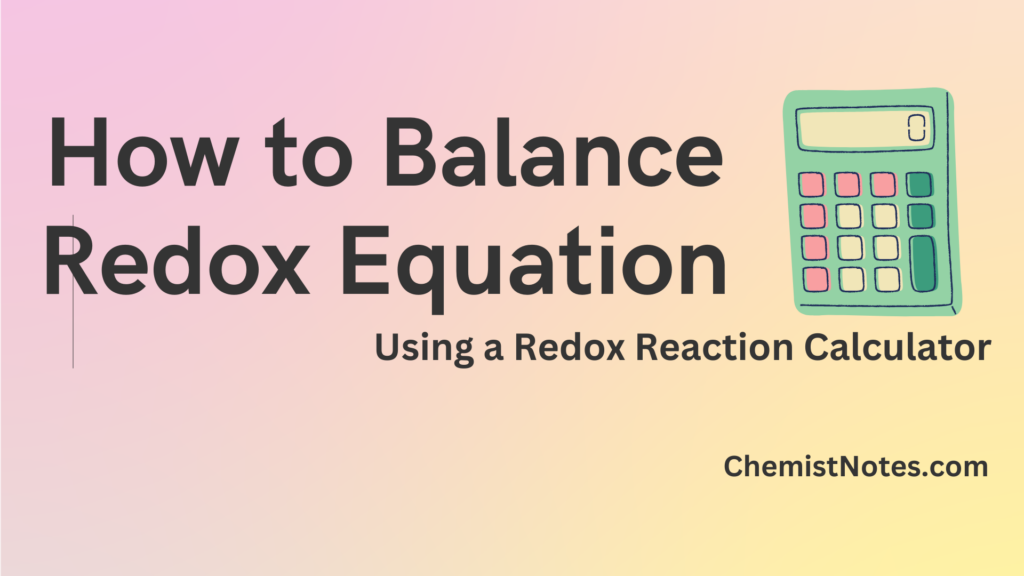Table of Contents
ToggleThe new and updated class 11 chemistry syllabus/curriculum is published by the government of Nepal, Ministry of Education, Science, and Technology, Curriculum Development Center, Sanothimi, Bhaktapur. The total teaching hours for class 11 chemistry is around 160 hours where students can learn different sectors of chemistry including General and physical, Inorganic, Organic, and applied chemistry. This is designed to provide students with a general understanding of the fundamental scientific laws and principles that govern the scientific phenomena in the world. It focuses to develop scientific knowledge, skills, and attitudes required at the secondary level (grade 11 and 12) irrespective of what they do beyond this level, as envisioned by national goals. Understanding of scientific concepts and their application, in day-to-day context as well as the process of obtaining new knowledge through a holistic approach of learning in the spirit of the national qualification framework, is emphasized in the curriculum. Students will also get some practical knowledge of the chemical reactions & other related to chemistry.
Subject Details & Grading Scheme
Subject code: Che. 301
Total Teaching hours: 160 hours
Theory: 128 hours
Practical: 32 hours
Passing Grades: C
General and Physical Chemistry: 48 Teaching Hours
| Unit No. | Unit Name | Teaching Hours | Topics |
|---|---|---|---|
| 1 | Foundation and Fundamentals | 2 Hours | General introduction of chemistry, Importance, and scope of chemistry, Basic concepts of chemistry (atoms, molecules, relative masses of atoms and molecules, atomic mass unit ( AMU), radicals, molecular formula, empirical formula ), Percentage composition from a molecular formula. |
| 2 | Stoichiometry | 8 Hours | Dalton’s atomic theory and its postulates, Laws of stoichiometry, Avogadro’s law and some deductions ( Molecular mass and vapor density, Molecular mass, and volume of gas, Molecular mass and no. of particles), Mole and its relation with mass, volume, and number of particles; Calculations based on mole concept; Limiting reactant and excess reactant; Theoretical yield, experimental yield and % yield; Calculation of empirical and molecular formula from % composition (Solving related numerical problems) |
| 3. | Atomic Structure | 8 Hours | Rutherford’s atomic model; Limitations of Rutherford’s atomic model; Postulates of Bohr’s atomic model and its application; Spectrum of hydrogen atom; Defects of Bohr’s theory; Elementary idea of quantum mechanical model: de Broglie’s wave equation; Heisenberg’s Uncertainty Principle; Concept of probability; Quantum Numbers; Orbitals and shape of s and p orbitals only; Aufbau Principle; Pauli’s exclusion principle; Hund’s rule and electronic configurations of atoms and ions (up to atomic no. 30) |
| 4. | Classification of elements and Periodic Table | 5 Hours | Modern periodic law and the modern periodic table; Classification of elements into different groups, periods and blocks; IUPAC classification of elements; Nuclear charge and effective nuclear charge; Periodic trend and periodicity: Atomic radii, Ionic radii, Ionization energy, Electron affinity, Electronegativity, Metallic characters (General trend and explanation only) |
| 5. | Chemical Bonding and Shapes of Molecules | 9 Hours | Valence shell, the valence electron, and octet theory; Ionic bond and its properties; Covalent bond and coordinate covalent bond; Properties of covalent compounds; Lewis dot structure of some common compounds of s and p block elements; Resonance; VSEPR theory and shapes of some simple molecules (BeF2, BF3, CH4, CH3Cl, PCl5, SF6, H2O, NH3, CO2, H2S, PH3); Elementary idea of Valence Bond Theory; Hybridization involving s and p orbitals only; Bond characteristics: Bond length, Ionic character, Dipole moment; Vander Waal’s force and molecular solids; Hydrogen bonding and its application; Metallic bonding and properties of metallic solids |
| 6. | Oxidation and Reduction | 5 Hours | General and electronic concept of oxidation and reduction; Oxidation number and rules for assigning oxidation number; Balancing redox reactions by oxidation number and ion-electron (half-reaction) method; Electrolysis: Qualitative aspect and Quantitative aspect(Faraday’s laws of electrolysis) |
| 7. | States of Matter | 8 Hours | 7.1 Gaseous state: Kinetic theory of gas and its postulates; Gas laws -Boyle’s law and Charles’ law, Avogadro’s law; Combined gas equation; Dalton’s law of partial pressure; Graham’s law of diffusion; Ideal gas and ideal gas equation; Universal gas constant and its significance; Deviation of real gas from ideality (Solving related numerical problems based on gas laws) 7.2 Liquid state: Physical properties of liquids- Evaporation and condensation, Vapour pressure and boiling point, Surface tension and viscosity (qualitative idea only); Liquid crystals and their applications 7.3 Solid-state: Types of solids -Amorphous and crystalline solids, Efflorescent, Deliquescent and Hygroscopic solids; Crystallization and crystal growth; Water of crystallization; Introduction to unit crystal lattice and unit cell . |
| 8. | Chemical equilibrium | 3 Hours | Physical and chemical equilibrium; Dynamic nature of chemical equilibrium; Law of mass action; Expression for equilibrium constant and its importance; Relationship between Kp and Kc; Le Chatelier’s Principle (Numericals not required) |
Inorganic Chemistry : 35 teaching hours
| Unit No. | Unit Name | Teaching Hours | Topics |
|---|---|---|---|
| 9. | Chemistry of Non-metal | – | |
| 9.1 | Hydrogen, Oxygen, and Ozone | 4 Hours | 9.1.1 Hydrogen: Chemistry of atomic and nascent hydrogen; Isotopes of hydrogen and their uses; Application of hydrogen as fuel; Heavy water and its applications 9.1.2 Oxygen: Allotropes of Oxygen – Definition of allotropy and examples; Types of oxides (acidic, basic, neutral, amphoteric, peroxide, and mixed oxides); Applications of hydrogen peroxide; Medical and industrial application of oxygen 9.1.3 Ozone: Occurrence; Preparation of ozone from oxygen; Structure of ozone; Test for ozone; Ozone layer depletion (causes, effects, and control measures); Uses of ozone |
| 9.2 | Nitrogen | 5 Hours | Reason for inertness of nitrogen and active nitrogen; Chemical properties of ammonia [ Action with CuSO4 solution, water, FeCl3 solution, Conc. HCl, Mercurous nitrate paper, O2 ]; Applications of ammonia; Harmful effects of ammonia; Oxy-acids of nitrogen (name and formula); Chemical properties of nitric acid [HNO3 as an acid and oxidizing agent (action with zinc, magnesium, iron, copper, sulfur, carbon, SO2 and H2S) ; Ring test for nitrate ion. |
| 9.3 | Halogens | 5 Hours | General characteristics of halogens; Comparative study on preparation (no diagram and description is required); Chemical properties [with water, alkali, ammonia, oxidizing character, bleaching action] and uses of halogens (Cl2, Br2, and I2); Test for Cl2, Br2, and I2; Comparative study on preparation (no diagram and description is required), properties ( reducing strength, acidic nature, and solubility) and uses of haloacids (HCl, HBr, and HI) |
| 9.4 | Carbon and Phosphorus | 3 Hours | 9.4.1 Carbon: Allotropes of carbon (crystalline and amorphous) including fullerenes (structure, general properties and uses only); Properties (reducing action, reaction with metals and nonmetals) and uses of carbon monoxide 9.4.2 Phosphorus: Allotropes of phosphorus (name only); Preparation (no diagram and description are required), properties ( basic nature, reducing nature , action with halogens and oxygen), and uses of phosphine. |
| 9.5 | Sulphur | 5 Hours | Allotropes of sulfur (name only) and uses of sulfur; Hydrogen sulfide (preparation from Kipp’s apparatus with diagram,) properties (Acidic nature, reducing nature, analytical reagent) and uses; Sulphur dioxide its properties (acidic nature, reducing nature, oxidizing nature, and bleaching action) and uses; Sulphuric acid and its properties (acidic nature, oxidizing nature, dehydrating nature) and uses; Sodium thiosulphate (formula and uses). |
| 10 | Chemistry of Metals | 10 Hours | Metals and Metallurgical Principles, Alkali and Alkaline earth metals |
| 10.1 | Metals and Metallurgical Principles | 5 Hours | Definition of metallurgy and its types (hydrometallurgy, pyrometallurgy, electrometallurgy); Introduction of ores; Gangue or matrix, flux, and slag, alloy and amalgam; General principles of extraction of metals (different processes involved in metallurgy) – concentration, calcination and roasting, smelting, carbon reduction, thermite, and electrochemical reduction; Refining of metals (poling and electro-refinement) |
| 10.2 | Alkali and Alkaline earth metals | 5 Hours | 10.2.1 Alkali Metals: General characteristics of alkali metals; Sodium [extraction from Down’s process, properties (action with Oxygen, water, acids nonmetals, and ammonia) and uses]; Properties (precipitation reaction and action with carbon monoxide) and uses of sodium hydroxide; Properties (action with CO2, SO2, water, precipitation reactions) and uses of sodium carbonate 10.2.2 Alkaline Earth Metals: General characteristics of alkaline earth metals; Molecular formula and uses of (quick lime, bleaching powder, magnesia, plaster of Paris, and Epsom salt); Solubility of hydroxides, carbonates, and sulfates of alkaline earth metals (a general trend with explanation); Stability of carbonate and nitrate of alkaline earth metals (a general trend with explanation). |
| 11 | Bio-inorganic Chemistry | 3 Hours | Introduction to Bioinorganic Chemistry; Introduction of Micro and macronutrients ; Importance of metal ions in biological systems (ions of Na, K, Mg, Ca, Fe, Cu, Zn, Ni, Co, Cr); Ion pumps (sodium-potassium and sodium-glucose pump) 11.5 Metal toxicity (toxicity due to iron, arsenic, mercury, lead and cadmium) |
Organic Chemistry : 30 teaching hours
| Unit No. | Unit Name | Teaching Hours | Topics |
|---|---|---|---|
| 12 | Basic Concept of Organic Chemistry | 6 Hours | Introduction to organic chemistry and organic compounds; Reasons for the separate study of organic compounds from inorganic compounds; Tetra-covalency and catenation properties of carbon; Classification of organic compounds; Alkyl groups, functional groups, and homologous series; Idea of structural formula, contracted formula, and bond line structural formula; Preliminary idea of cracking and reforming, quality of gasoline, octane number, cetane number, and gasoline additive |
| 13 | Fundamental Principles of Organic Chemistry | 10 Hours | IUPAC Nomenclature of Organic Compounds (up to chain having 6 carbon atoms); Qualitative analysis of organic compounds (detection of N, S, and halogens by Lassaigne’s test); Isomerism in Organic Compounds; Definition and classification of isomerism; Structural isomerism and its types: chain isomerism, position isomerism, functional isomerism, metamerism, and tautomerism; Concept of geometrical isomerism (cis & trans) & optical isomerism (d & l form) Preliminary Idea of Reaction Mechanism: Homolytic and heterolytic fission; Electrophiles, nucleophiles and free- radicals; Inductive effect: +I and –I effect; Resonance effect: +R and –R effect. |
| 14 | Hydrocarbons | 8 hours | 14.1 Saturated Hydrocarbons (Alkanes): Preparation from haloalkanes (Reduction and Wurtz reaction), Decarboxylation, Catalytic hydrogenation of alkene and alkyne; Chemical properties: Substitution reactions (halogenation, nitration & sulphonation only), oxidation of ethane; Unsaturated hydrocarbons (Alkenes & Alkynes) 14.2 Alkenes: Preparation by Dehydration of alcohol, Dehydrohalogenation, Catalytic hydrogenation of alkyne; Chemical properties: Addition reaction with HX (Markovnikov’s addition and peroxide effect), H2O, O3, H2SO4 only 14.3 Alkynes: Preparation from carbon and hydrogen, 1,2 dibromoethane, chloroform/iodoform only; Chemical properties: Addition reaction with (H2, HX, H2O), Acidic nature (action with Sodium, ammoniacal AgNO3, and ammoniacal Cu2Cl2); Test of unsaturation (ethene & ethyne): bromine water test and Baeyer’s test 14.4 Comparative studies of physical properties of alkane, alkene, and alkyne; Kolbe’s electrolysis methods for the preparation of alkane, alkene and alkynes |
| 15 | Aromatic Hydrocarbons | 6 hours | Introduction and characteristics of aromatic compounds: Huckel’s rule of aromaticity: Kekule structure of benzene: Resonance and isomerism: Preparation of benzene from decarboxylation of sodium benzoate, phenol, and ethyne only; Physical properties of benzene; Chemical properties of benzene: Addition reaction: hydrogen, halogen, Electrophilic substitution reactions: orientation of benzene derivatives (o, m & p), nitration, sulphonation, halogenations, Friedel-Craft’s reaction (alkylation and acylation), combustion of benzene ( free combustion only) and uses. |
Applied Chemistry : 15 teaching hours
| Unit No. | Unit Name | Teaching Hours | Topics |
|---|---|---|---|
| 16 | Fundamentals of Applied Chemistry | 4 Hours | Fundamentals of Applied Chemistry; Chemical industry and its importance; Stages in producing a new product; Economics of production; Cash flow in the production cycle; Running a chemical plant; Designing a chemical plant; Continuous and batch processing; Environmental impact of the chemical industry. |
| 17 | Modern Chemical Manufactures | 11 Hours | Modern Chemical Manufactures (principle and flow sheet diagram only); Manufacture of ammonia by Haber’s process; Manufacture of nitric acid by Ostwald’s process; Manufacture of sulphuric acid by contact process; Manufacture of sodium hydroxide by Diaphragm Cell; Manufacture of sodium carbonate by ammonia soda or Solvay process; Fertilizers (Chemical fertilizers, types of chemical fertilizers, production of urea with flow-sheet diagram) |









